National Highways is removing more than 1,100 miles of roadworks from motorways and major A-roads to help minimise disruption during peak travel times.
From 6am on Friday (December 20) until 12.01am on Thursday, January 2, more than 95% of roadworks will be lifted.
Significant routes to benefit from roadworks being lifted or completed for the festive period include more than 100 miles of roadworks on the M25 London orbital and 25 miles of roadworks on the M4 between J4 near Heathrow and J14 at Hungerford.
The RAC is warning of major delays on the UK’s roads with a record number of festive trips expected ahead of the Christmas break.
An estimated 29.3 million journeys will be made by drivers to see friends and family in the run-up to December 25 – the highest number since 2013.
Almost half of these (14.3m) will be made this coming weekend, according to new data from the RAC and Inrix.
National Highways data shows that winter breakdown incidents on major roads have increased by 22% over the last five years, with tyre issues being the top cause (19.1%) followed by loss of power (7.9%).
Andrew Butterfield, National Highways customer service director, urged drivers to plan ahead and exercise extra caution on the roads.
He added: “To help make journeys smoother, we’re removing roadworks on 95% of the roads we manage.”
The majority of roadworks will be lifted during the Christmas period including: 11 miles in the north-west; 24.7 miles in Yorkshire and the north east; 164.25 miles in the midlands; 235.5 miles in the east; and 743.1 miles in the south east.
A further 45 miles of roadworks are being removed along the M1. These were put in place to build new places to stop in an emergency. There are now 28 new emergency areas open on the M1.
Together with the phased opening of safety enhancement work on the M1 near Luton, it means that 63 miles of roadworks along the M1 corridor are being removed before Christmas.
Sleep expert warns drivers to avoid driving between 2pm and 4pm
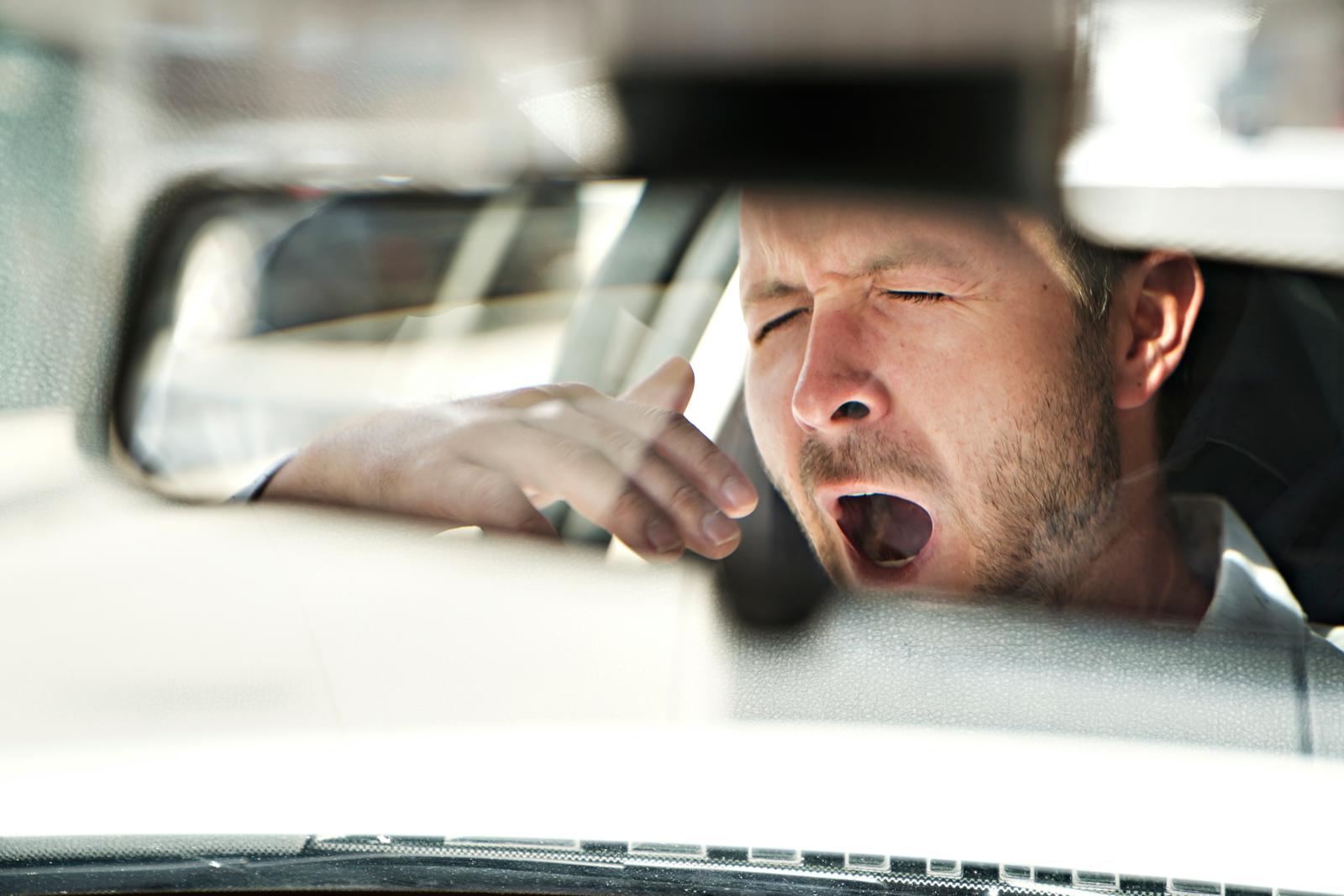
With higher volumes of vehicles on the road over the Christmas period, drivers are advised to be extra-cautious, particularly if driving when feeling tired.
National Scrap Car have partnered with Dr Lindsay Browning, a neurologist, psychologist and sleep expert at And So To Bed on the best advice to avoid fatigue while driving and how to rest safely in your vehicle.
Avoid driving at times you are naturally going to feel sleepy
People are more likely to fall asleep at the wheel when driving at times when their body (their circadian rhythm) thinks they should be asleep - especially in the early hours of the morning (2-6 am) or just after lunch (2-4 pm) when we tend to have a second dip in alertness.
The best way to avoid falling asleep at the wheel is to avoid driving at times when we are likely to be sleepy - such as avoiding driving in the early hours of the morning or just after lunch.
Look out for fatigue symptoms
Recognising fatigue while driving can be challenging, as it may not always be apparent. Nevertheless, certain indicators, such as experiencing heavy eyelids, frequent yawning, unintentionally veering onto the hard shoulder road marker, or feeling like your concentration is drifting, are all signs that drowsiness may be affecting you. Being attentive to these signals can help you take prompt action to ensure your safety and that of others on the road.
Experiencing head nods while driving is a strong indication of a microsleep, suggesting that you have indeed briefly dozed off at the wheel! Long, monotonous driving, particularly on motorways, carries a higher risk of drowsy driving compared to navigating through towns and winding roads.
Take a brief nap and caffeine
In situations where car-sharing options are unavailable, and driving during potentially drowsy times becomes necessary, there are effective interventions to boost alertness for the journey. Consider incorporating short naps and caffeine consumption to stay more attentive.
If you find yourself feeling tired or sleepy while driving, it's crucial to prioritise safety. When possible, pull over at a service station and purchase a large coffee. Consume the coffee and then recline your car seat to allow yourself a brief nap. This combination of caffeine and rest can help refresh your focus and enhance your alertness before continuing your drive.
Stick to a 15-20 minute nap only
Taking a 15-20 minute nap can provide a refreshing boost and help alleviate drowsiness. Moreover, during this timeframe, any consumed caffeine would have started to take effect, further enhancing your alertness. However, it's crucial to set an alarm on your phone to limit the nap duration, ensuring it lasts no more than 15-20 minutes, or you may wake up feeling groggy. This way, you can wake up refreshed and ready to continue your journey with improved focus and attentiveness.
Make sure you pull over in a safe space
Before you stop to rest, you need to make sure that you are parked legally and in a safe place. Never stop for a break on the hard shoulder of a motorway, these are for emergencies only such as an accident or breakdown. If you find yourself getting tired on the motorway, pull over at the nearest service station. You can also stop for a nap in a car park as long as overnight parking is allowed. You should steer clear of parking on double yellow lines to avoid any potential issues.
Visit the National Highways website for more information on staying safe on the roads this winter.

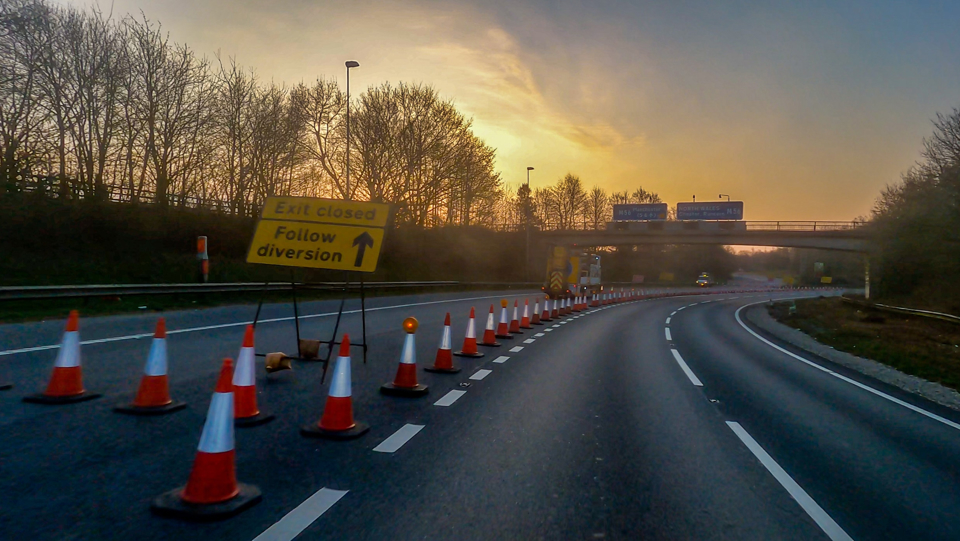




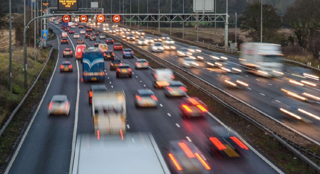
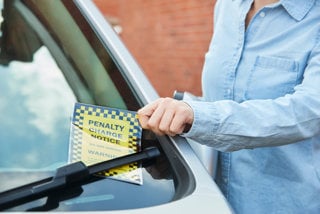
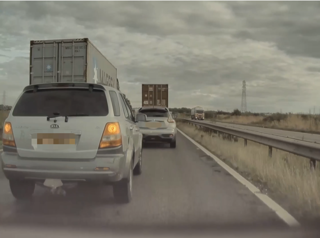













Login to comment
Comments
No comments have been made yet.